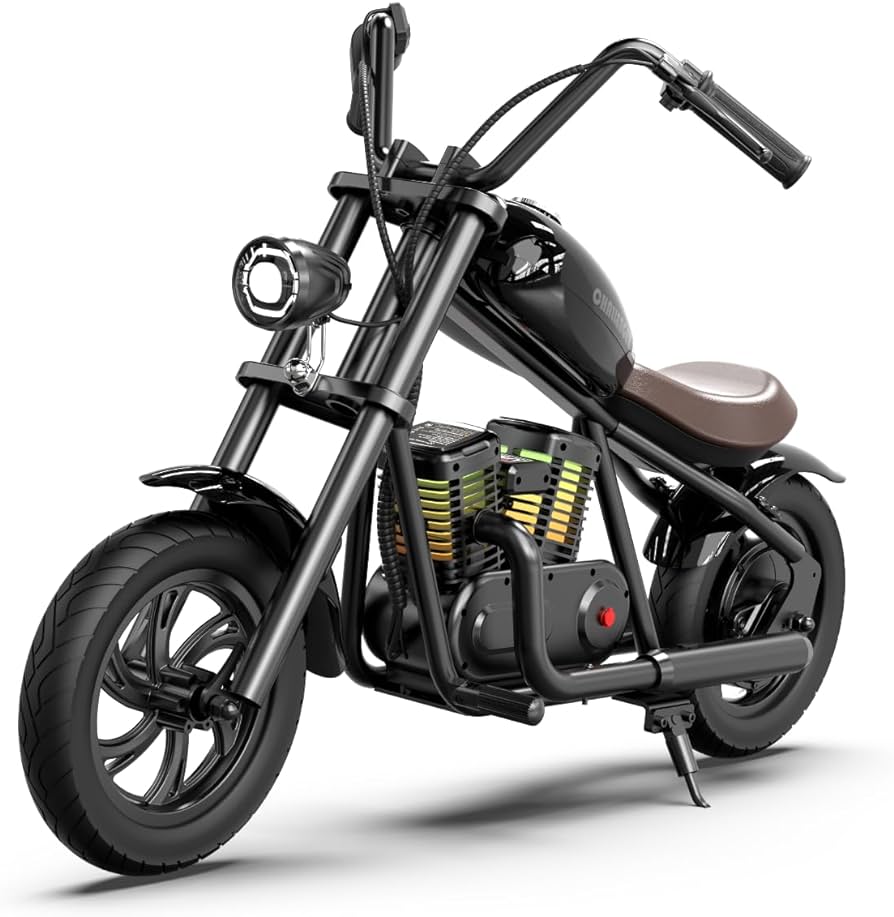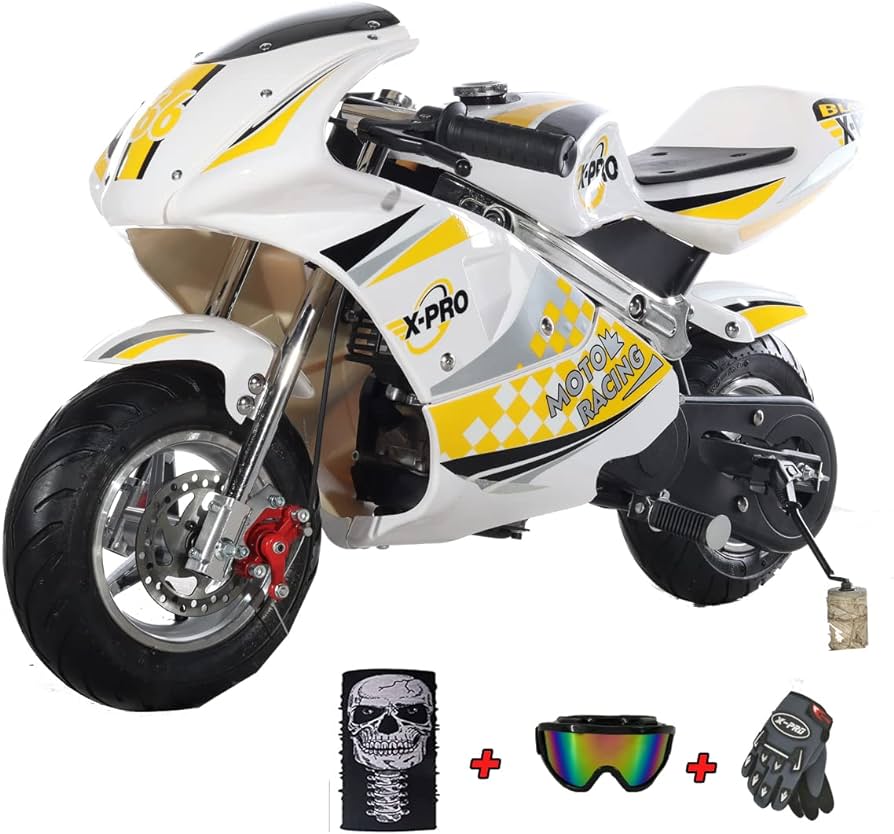Introduction
Riding a motorcycle in the rain can be a wet and challenging experience, but with the right gear and precautions, you can stay dry and comfortable throughout your journey. From waterproof riding gear to strategic riding techniques, there are several measures you can take to shield yourself from the rain. In this guide, we will explore effective strategies and gear to help you stay dry while riding your motorcycle in wet weather conditions.

How do you stay dry while riding a motorcycle in the rain?
I. Invest in Quality Waterproof Riding Gear
-
Waterproof Jacket:
- A waterproof motorcycle jacket is the first line of defense against rain. Look for jackets made from waterproof materials, such as Gore-Tex or specialized waterproof fabrics. Sealed seams and waterproof zippers further enhance protection. Make sure the jacket provides a snug fit and has adjustable cuffs and collar to prevent water from entering.
-
Waterproof Pants:
- Pair your waterproof jacket with matching waterproof pants to ensure complete coverage. Look for pants designed specifically for motorcycle riding that offer waterproof protection and have features such as sealed seams and adjustable waistbands.
-
Waterproof Gloves:
- Keep your hands dry and protected with waterproof gloves. Look for gloves made from waterproof materials with reinforced palms and fingers for enhanced grip. Adjustable wrist closures help keep water out, and touchscreen-compatible fingertips allow you to use your smartphone without removing the gloves.
-
Waterproof Boots:
- Invest in a pair of waterproof motorcycle boots to keep your feet dry and comfortable. Look for boots made from waterproof materials, with sealed seams and slip-resistant soles for added safety. Adjustable closures, such as buckles or Velcro straps, help ensure a snug fit and prevent water from entering.

II. Use Rain Covers for Additional Protection
-
Helmet Rain Cover:
- A helmet rain cover is an invaluable accessory for keeping your head and face dry. It fits over your existing helmet and shields it from rain and wind. Look for covers made from waterproof materials with elastic bands or drawstrings to ensure a secure fit.
-
Waterproof Boot Covers:
- To further protect your feet and boots, consider using waterproof boot covers. These covers fit over your boots and provide an extra layer of waterproofing. Look for covers with sturdy closures that can be easily opened and closed while wearing gloves.
III. Implement Additional Measures for Full Protection
-
Neck Gaiter or Balaclava:
- Wear a neck gaiter or balaclava to keep your neck and lower face shielded from rain and wind. Look for options made from quick-drying and moisture-wicking materials to keep you comfortable throughout your ride.
-
Rainproof Backpack or Luggage:
- If you are carrying any belongings with you, make sure they are protected from the rain. Use a rainproof backpack or cover your luggage with waterproof covers to keep your items dry.
- If you rely on GPS or smartphone navigation while riding, invest in a rainproof mount or cover for your device. This will protect your navigation equipment from water damage and ensure visibility of your route.

IV. Prepare Your Motorcycle for Wet Riding
-
Windscreen:
- Ensure your motorcycle’s windscreen is clean and has proper water-repellent treatment. This helps maintain visibility during rain, as water droplets are less likely to obstruct your view.
-
Install Handguards:
- Handguards provide additional protection from rain, reducing the amount of water that reaches your hands. They also act as wind deflectors, helping to keep you warmer and more comfortable in wet and cold conditions.
-
Check and Adjust Tire Pressure:
- Properly inflated tires have better traction on wet roads. Regularly check and adjust your tire pressure to ensure optimal grip and handling while riding in the rain.
V. Ride with Caution and Adapted Techniques
-
Increase Following Distance:
- Wet roads require longer stopping distances. Increase your following distance between vehicles to allow for additional braking time and to avoid hydroplaning.
-
Smooth and Gentle Inputs:
- Make smooth and gradual inputs on the throttle, brakes, and steering. Avoid sudden acceleration, hard braking, and aggressive maneuvers that can cause loss of traction or skidding.
-
Slow Down and Adjust Speed:
- Reduce your speed to match the road conditions. Remember, it takes longer to stop on wet surfaces, and visibility may be reduced. Adjust your riding speed accordingly to maintain control and safety.
-
Avoid Sudden Lane Changes or Sharp Turns:
- Wet roads significantly affect traction, making sharp turns and sudden lane changes riskier. Plan your moves carefully and execute them smoothly and gradually.

VII. Additional Tips for Riding in the Rain
-
Stay Visible:
- Riding in the rain can decrease visibility for both you and other motorists. Enhance your visibility by wearing brightly colored or reflective gear. Utilize your motorcycle’s lights, including headlights and taillights, to ensure that other drivers can see you, especially in low-light or rainy conditions.
-
Plan Your Route:
- Before heading out in wet weather, plan your route carefully. Avoid areas prone to flooding or known for poor drainage. Consider using main roads or highways instead of smaller, potentially hazardous routes. Be aware of any construction zones or road hazards that may be worsened by rain.
-
Watch for Puddles and Standing Water:
- Wet conditions can create puddles and standing water on roadways. These can lead to hydroplaning, loss of control, or unexpected road hazards. Keep an eye out for large puddles and try to avoid them by riding around or slowly passing through if necessary.
-
Be Mindful of Oil and Other Road Hazards:
- Rain can mix with oil, grease, and other residues on the road surface, creating slippery conditions. Be cautious when riding over painted road markings, manhole covers, or metal surfaces as they can become extremely slippery when wet. Reduce your speed and maintain a steady pace when encountering potentially slick areas.
-
Beware of Reduced Grip at the Start of Rainfall:
- When it first begins to rain, the moisture mixes with oil and dust on the road surface, making it particularly slippery. Exercise extra caution during the initial stages of rainfall until the road surface is adequately washed clean.
-
Stay Focused and Concentrated:
- Riding in wet weather requires additional attention and concentration. Reduce distractions and avoid activities that may divert your focus, such as adjusting music or checking your phone. Keep your eyes on the road, be vigilant of your surroundings, and maintain situational awareness.

VI. Conclusion
Riding your motorcycle in the rain doesn’t have to result in a soaking wet and uncomfortable experience. By investing in quality waterproof riding gear, utilizing rain covers and additional protection, and adapting your riding techniques, you can stay dry and comfortable throughout your rainy rides.
Remember to prioritize safety by maintaining visual clarity with a clean and treated windscreen, ensuring properly inflated tires, and increasing following distances. Be extra cautious with smooth and gentle inputs and adjust your speed to match the road conditions.
Embrace the freedom and adventure of riding your motorcycle, even when the weather is less than ideal. With the right gear, precautions, and riding techniques, you can confidently ride in the rain while staying dry and enjoying the exhilaration of two-wheel travel.
